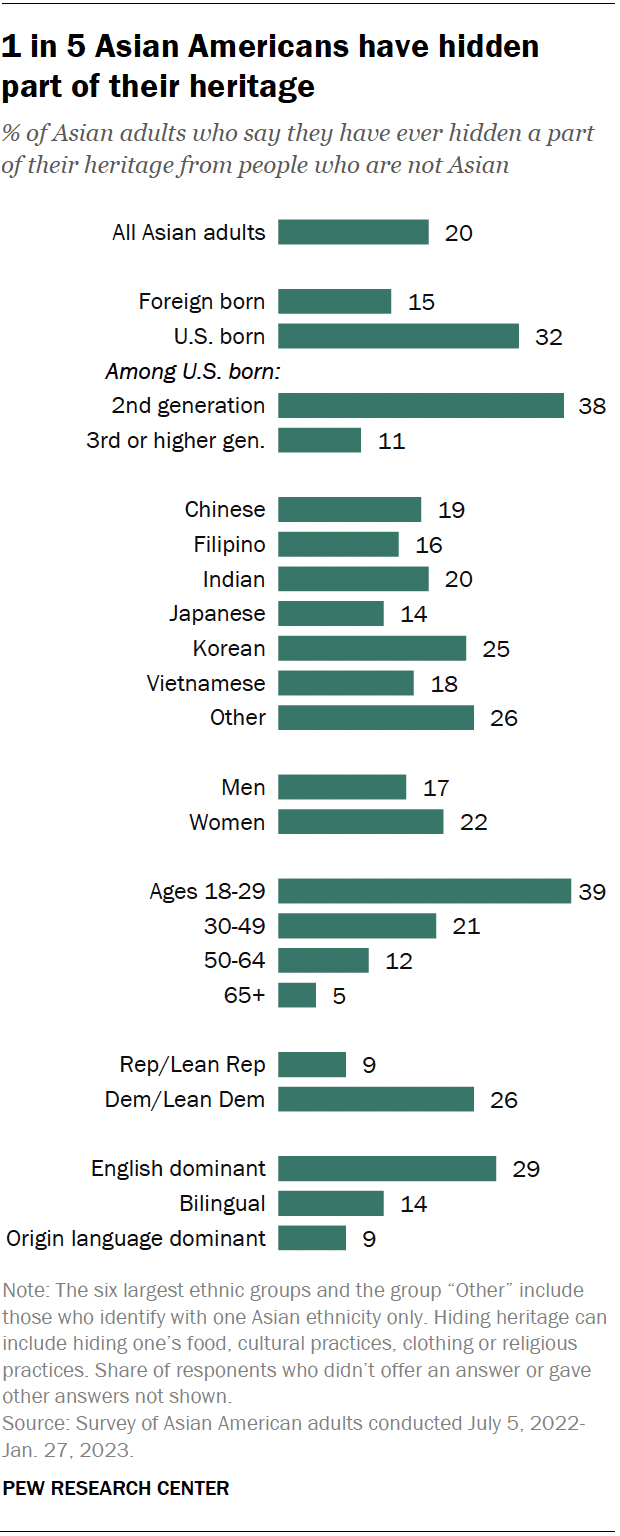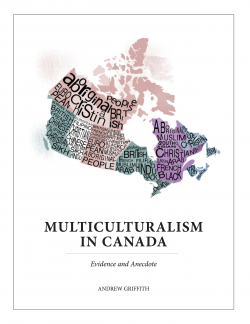Un service de Québec dédié aux nouveaux arrivants rate la cible
2024/05/03 Leave a comment
Of note. Those in the rest of Canada shouldn’t feel to smug as they also have gaps in settlement services:

Le service Accompagnement Québec, visant à guider les nouveaux arrivants dans leurs démarches d’installation et d’intégration, rate sa cible. Alors que certains organismes d’aide aux immigrants s’interrogent sur son utilité, les plus récentes données démontrent que le service est très peu utilisé, voire carrément méconnu.
En 2023-2024, à peine plus de 12 000 personnes ont bénéficié d’une évaluation de leurs besoins par Accompagnement Québec, révèlent les plus récentes données du ministère de l’Immigration, de la Francisation et de l’Intégration (MIFI). L’année précédente, en 2022-2023, près de 10 000 personnes immigrantes avaient eu une rencontre avec un agent du service.
Pour Stephan Reichhold, directeur de la Table de concertation des organismes au service des réfugiés et immigrants, atteindre quelques milliers de personnes sur un total de centaines de milliers d’immigrants qui arrivent ici, « c’est rien ! »
Selon lui, la centaine d’organismes d’aide aux immigrants qu’il représente et qui sont aussi financés par le MIFI pour soutenir et accompagner les immigrants en a accueilli bien plus : soit près de 100 000 personnes au cours des 12 derniers mois. « Tout le monde est d’accord pour dire qu’[Accompagnement Québec], ça ne fonctionne pas », a-t-il déclaré. « C’est une marque de commerce du gouvernement, mais [en fait], ça ne peut pas continuer. »
Parachevé en mai 2023, un sondage réalisé par le MIFI obtenu par Le Devoir révèle que 70 % des répondants affirmaient ne pas connaître Accompagnement Québec. De plus, environ la moitié des personnes interrogées indiquaient ne pas connaître les étapes à suivre pour immigrer, pour chercher un emploi ou pour faire reconnaître leurs compétences.
Qu’il soit ici ou dans son pays d’origine, un immigrant qui reçoit un certificat pour résider au Québec de manière permanente ou temporaire devrait être invité par courriel à s’inscrire à Accompagnement Québec par l’entremise de la plateforme Arrima. Il sera par la suite contacté par un agent d’aide à l’intégration qui lui concoctera un plan individualisé en fonction de ses besoins (francisation, emploi, etc.) et le dirigera vers un organisme sur le terrain.Un service qui fait doublon
À l’été 2019, le ministre de l’Immigration d’alors, Simon Jolin-Barrette, avait bonifié le service Accompagnement Québec en ouvrant plus de bureaux régionaux et en augmentant l’effectif en région. Il réagissait ainsi aux critiques dans le rapport de la vérificatrice générale, qui reprochait au gouvernement de ne pas connaître les besoins réels des immigrants et d’échouer à les orienter vers les bons services.
Depuis la réforme, Accompagnement Québec a plus spécifiquement comme mission d’inciter les immigrants à s’installer en région et d’aider les employeurs à recruter ces derniers. Mais, sur le terrain, certains organismes se questionnent sur le rôle que joue le service.
À l’organisme Groupe Inclusia, au Saguenay, très peu d’immigrants — environ 5 % — ont été envoyés par Accompagnement Québec. « La grande majorité des gens qui viennent à nous, c’est grâce au bouche à oreille ou à des employeurs qui recrutent à l’international », explique la coordonnatrice, Sylvie Pedneault. Même si plusieurs rencontres ont lieu par année avec les fonctionnaires de Québec et les organismes de la région afin d’arrimer leur travail, elle constate qu’il y a quand même « des doublons ». « Nous, les organismes d’accueil, on a toujours fait des plans d’intégration pour diriger la personne immigrante vers les ressources appropriées. Mais c’est le rôle qu’Accompagnement Québec a pris », dit-elle. « Concrètement, ce que ce service fait de plus, je ne le sais pas. »
Le fait que les immigrants doivent eux-mêmes s’inscrire aux services d’Accompagnement Québec dans Arrima ajoute une certaine « lourdeur » pour eux, croit Mme Pedneault. « C’est comme une étape qui se rajoute dans leur parcours, alors qu’ils ont déjà un paquet d’autres choses à faire. Ce n’est pas optimal. » Cette lourdeur s’étend aussi aux organismes vers qui les immigrants sont de toute manière redirigés et qui ont la charge de les accompagner dans les méandres d’Arrima.
Pour plus d’efficacité, Sylvie Pedneault suggère qu’Accompagnement Québec s’occupe des personnes qui ne tombent pas dans les critères de financement de son organisme, comme les demandeurs d’asile, par exemple.
Des dirigeants d’un centre de francisation en région se sont également montrés très critiques à l’endroit de ce service gouvernemental. « C’est quoi, leur mission ? On ne le sait pas », a indiqué au Devoir l’un de ces dirigeants, qui demeure anonyme pour ne pas nuire à ses relations avec le MIFI. Il dit avoir contacté à maintes reprises les agents pour mieux connaître leurs services et savoir comment conseiller des immigrants qui ont des besoins excédant la francisation… en vain. « On dirait que personne ne travaille là. On ne sait pas ce qu’ils font. C’est très flou », avance cette personne. « Les organismes d’aide aux immigrants, on voit leurs actions sur le terrain, mais Accompagnement Québec… on ne sait pas trop. »Peu d’accueils à l’aéroport
À l’aéroport de Montréal, le service d’accueil pour immigrants, notamment censé les diriger vers Accompagnement Québec, est un échec. Selon le rapport annuel de gestion de 2022-2023, à peine 9 % des immigrants adultes ayant transité par ce comptoir d’accueil se sont véritablement inscrits à Accompagnement Québec, ce qui rate complètement la cible de 75 % qui avait été fixée.
Selon le MIFI, la non-atteinte de l’objectif s’explique par le fait que les immigrants sont, depuis le printemps 2021, invités à s’inscrire en ligne directement sur la plateforme Arrima. Depuis 2020, le nombre de personnes accueillies par le service à l’aéroport est en chute libre, selon des données obtenues par la Loi sur l’accès à l’information. Les travailleurs étrangers temporaires, qui sont à peine quelques dizaines à être passés par ce comptoir, ne sont pas reçus « systématiquement » par le service d’accueil de l’aéroport. « Une réflexion plus large est en cours », lit-on dans le rapport.
Source: Un service de Québec dédié aux nouveaux arrivants rate la cible

